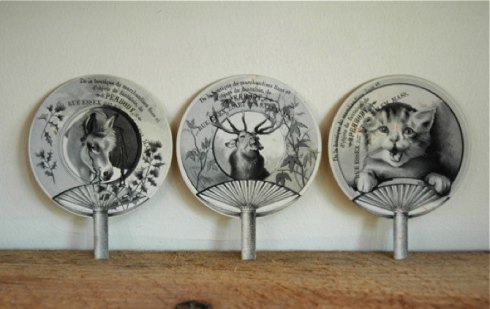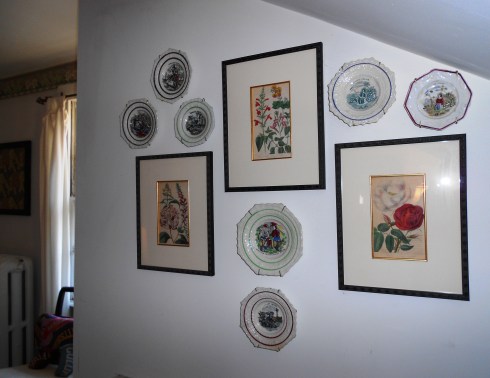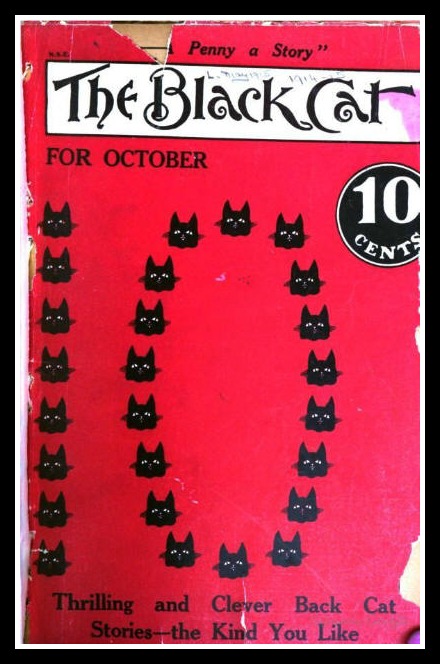I am one week into the spring semester, just catching my breath. This is an unusual semester for me, as I am not teaching very much because I’m serving as interim chair while our regular chair is on sabbatical. Being a professor is largely an independent existence; you interact with lots of people, obviously, but you are in charge of your work. Being the chair of an academic department is completely different; you must be accountable, and accessible, to everyone: students, faculty, administration. At least that’s my one-week impression.
This new position does afford me the opportunity to learn more about the scholarship and teaching methods of my colleagues in the History Department. Too often it seems like we’re running on parallel tracks, but now I’m off the track, in the stands (or in a roofbox? No, that’s the Dean. Whatever, I have an overview). For example, in order to get together a presentation representing our Department for an upcoming Admissions event, I asked all my colleagues to forward me their favorite historical images, those which represented their period or topic particularly well, those that were very useful for teaching purposes, or those that they simply loved. Here are some of my favorites, starting with my own, and then proceeding in chronological order.

Elizabeth Receiving the Dutch Ambassadors, circa 1585. Anonymous artist of the German School, Museumslandschaft Hessen Kassel
I love this painting for many reasons: Elizabeth, her material surroundings, the casual poses of her courtiers. I always thought that is was by an anonymous English artist rather than a German one, and used it in class to demonstrate the relative cultural backwardness of England in the late Renaissance, when Italian artists were moving on to Mannerism. Still, I find its relative primitiveness charming, even intimate. The texture and material details are great (the carpet that looks like Pottery Barn jute; the ladies-in-waiting reclining in the corner), and I’ll spare you all the political and religious history that I can link to this image.

Portrait of Elizabeth Freake and Daughter Mary, circa 1670. Attributed to the “Boston Limner”, Worcester Art Museum.
The Freake portrait is the offering of one of our colonial historians, Tad Baker. Elizabeth was the wife of a wealthy Boston merchant and she is demonstrating her wealth with the richness of her apparel; she is a serious Puritan lady but not a dowdy one! So interesting to see her hemline, raised to reveal the embroidered underskirt beneath. Her very stiff daughter was apparently once a fan, according to the x-rays, so she did choose to emphasize family over embellishment in the long run. New England Puritans are so stereotyped; you need personal details, stories, and images to bring them to life in the classroom. Elizabeth was soon to be a widow; Tad tells me that shortly after this painting was made her husband John’s ship blew up in Boston Harbor.
Jumping forward into glaring modernity…………..

Joseph Stella, Battle of Lights, Coney Island, 1913. Yale University Art Gallery.
This is the first of three works offered up by three of the department’s 20th century historians. Brad Austin uses the Stella painting, one of the earliest American “Futurist” works, to illustrate the experience of industrialization and urbanization. Bright lights, big city; exhilarating and confusing. Its setting, Coney Island, can also represent the contemporary commercialization of leisure and recreation, an important twentieth-century trend. It took me a while to make out the roller coasters!

Jacob Lawrence, The Migration of the Negro, Panel no. 1, 1940-41. The Phillips Collection.
From Jamie Wilson, who specializes in twentieth-century African-American history, a very historical work: the first panel in a series of 60 representing the “Great Migration” of southern African-Americans to the North in search of better opportunities and lives (apparently this trend is reversing now). It’s immediately accessible and historical in both public and personal ways. Lawrence’s family had experienced this migration, and he wanted to remember and document it: “It was… so much a part of my life. I became conscious of these things when I was eight or nine years old, and this consciousness remained, and this is what you see in the Migrations.”

Havana Mural, 1995
Finally (actually, I could go on, but I think I should do a part two at another time), a photograph from our Latin American historian, Avi Chomsky, taken by her while in Havana in 1995, a rather anxious time after the fall of the Soviet Bloc which Cubans refer to as the “Special Period”. The mural is a popular expression of the economic anxiety of this time and place, and Avi has used it not only as a teaching image but also as the cover of her most recent book, A History of the Cuban Revolution (2010).
Like this:
Like Loading...













































































